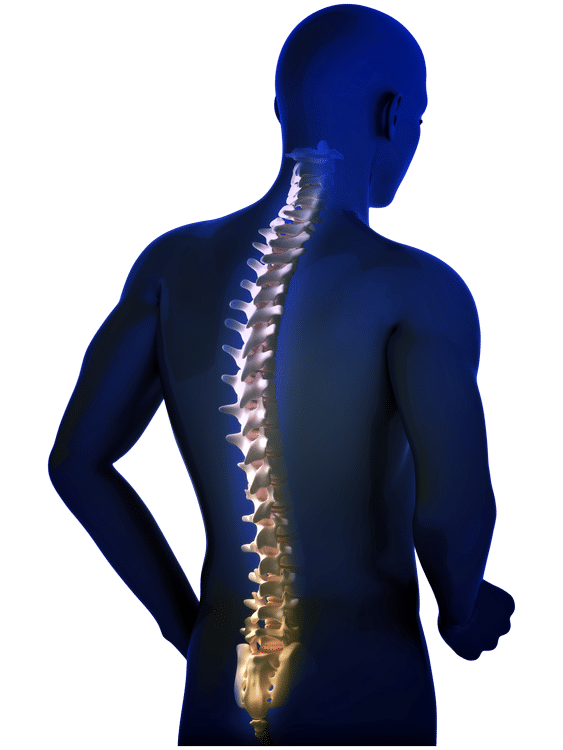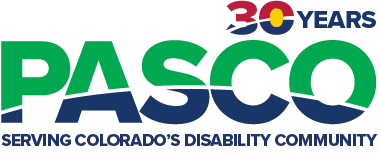Quadriplegia is a form of paralysis that affects the upper and lower body of an individual. Sometimes referred to as tetraplegia, this condition usually occurs after an injury to the top portion of the spine. Once the spinal cord is damaged, a person with quadriplegia must learn how to navigate life a little differently, and there are some unique challenges that they may face.
What is Quadriplegia?
Quadriplegia typically occurs when the cervical spine is damaged between C1 and C7. This causes a loss of feeling and function below the neck, and many people aren’t able to move at all. The severity of a person’s paralysis is directly related to how high the injury occurs on the person’s spine. Oftentimes, a spinal cord injury is the result of a damaged vertebrae, ligament or disk in the spinal column or the spinal cord itself can be damaged as well.

According to Spinal Cord, Inc., most spinal cord injuries (SCIs) that result in quadriplegia are a result of the following:
Other causes of SCIs (Spinal Cord Injury) include brain damage from a traumatic brain injury or inherited diseases like Amyotrophic Lateral Sclerosis (ALS) and Muscular Dystrophy.
What are the Types of Quadriplegia?
Quadriplegia always involves the paralysis of all four limbs, but there are two different types of this condition that can present in very different ways.
Incomplete Quadriplegia
A person who has incomplete quadriplegia may still have some sensation in their arms and legs, and they may even be able to move them a little. Oftentimes, this condition is the result of a partial SCI, a traumatic brain injury (TBI) or an inherited condition. In some cases, a person with incomplete quadriplegia can significantly improve their limb functions with physical therapy, while in other cases, a person may slip into complete quadriplegia as their condition progresses.
Complete Quadriplegia
When a person has complete quadriplegia, they are not able to move or feel their arms or legs at all, and the individual is often only able to move their head. This condition is usually more severe and is a result of SCI or TBI. There are many therapy options available for a person with complete quadriplegia, but they often do not gain function of their extremities.
What Are Other Health Conditions Associated with Quadriplegia?
When a person has quadriplegia, they can face some unique health challenges. It’s important to learn about them so you’re able to help your loved one. Some of these health conditions include:
How a Family Caregiver Can Assist Someone With Quadriplegia?
There are many therapy options that can provide significant improvements for patients with this condition. As a caregiver, you will assist your loved one with daily tasks like dressing, grooming, bathing, continence care, and feeding. You’ll also may need to assist with transferring and repositioning to make sure your loved one stays safe and healthy.
A person with quadriplegia will likely have many appointments, therapies, and need assistance with activities of daily living each day and a compassionate caregiver will be the greatest gift to have.
If you’re caring for someone with quadriplegia, please reach out and contact us. PASCO’s Family Caregiver Program was created to support people in your shoes, and we’re here to care for you. Our organization reimburses caregivers for the time they spend pouring into their loved ones, and we like to think it helps to lighten their loads just a little.
Family Caregiver Program
In 2001, PASCO’s founder Barry Rosenberg initiated the creation of the Family Caregiver Program in Colorado. Today, family caregivers can be reimbursed for some of the time they spend giving care to loved ones with cerebral palsy.
To learn more about the program and caring for people with cerebral palsy, contact us at any convenient time.

